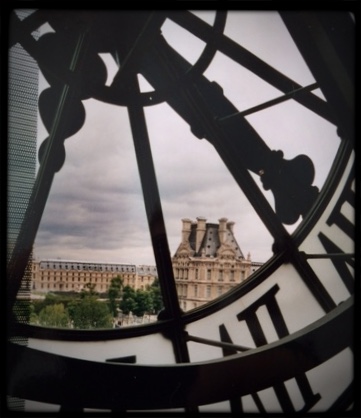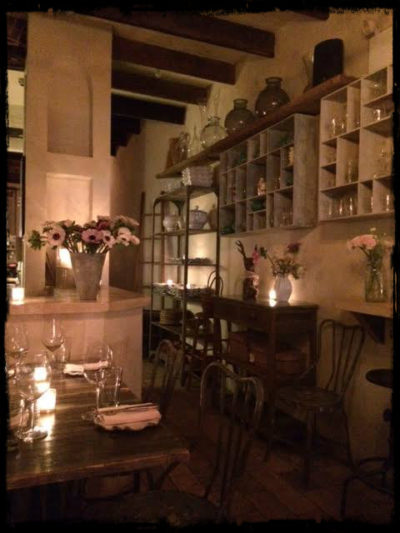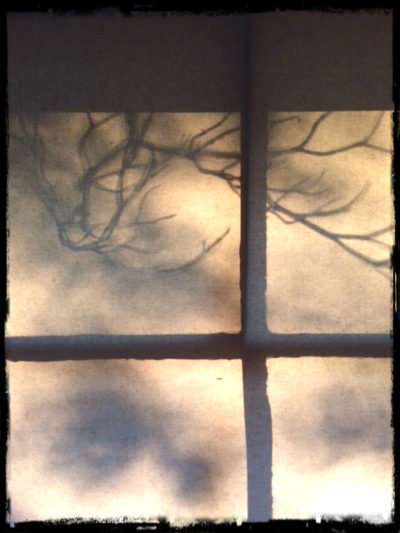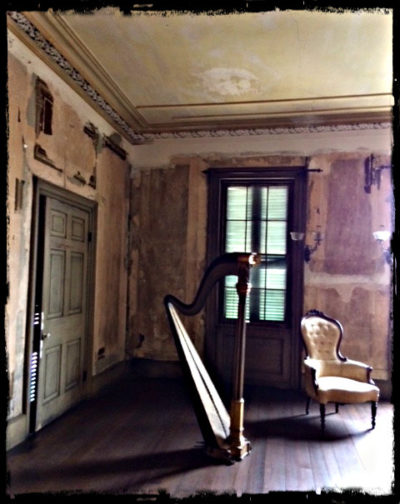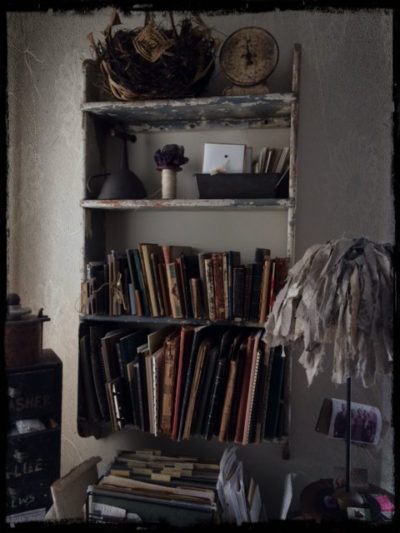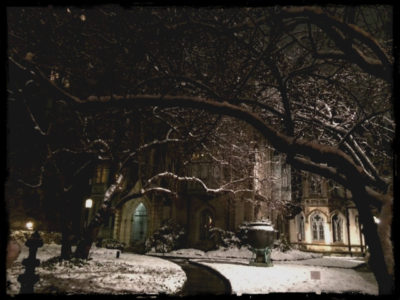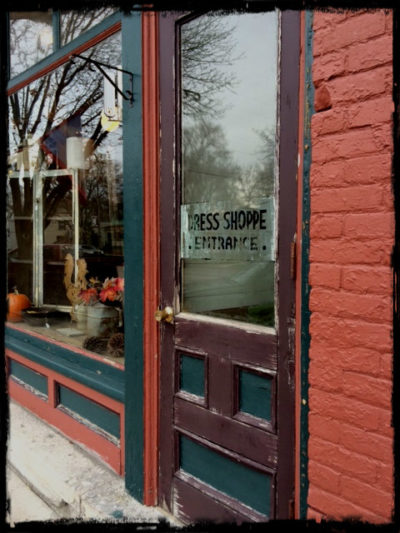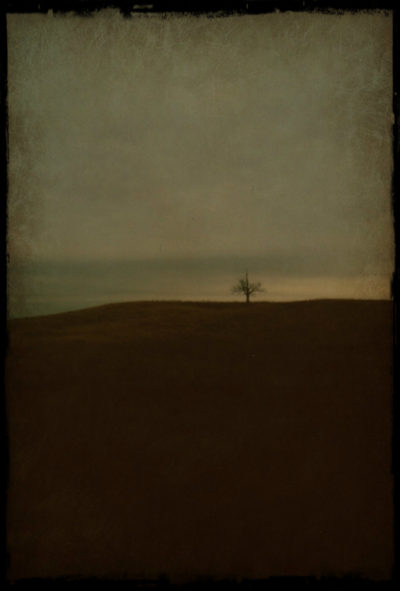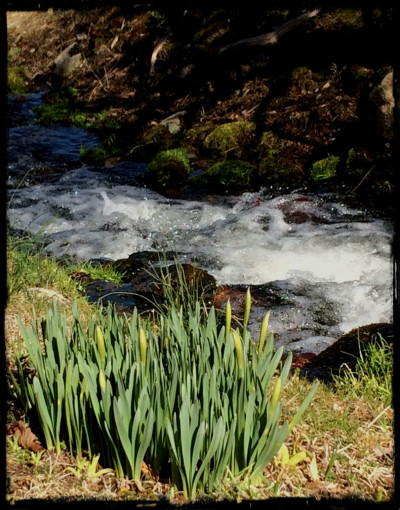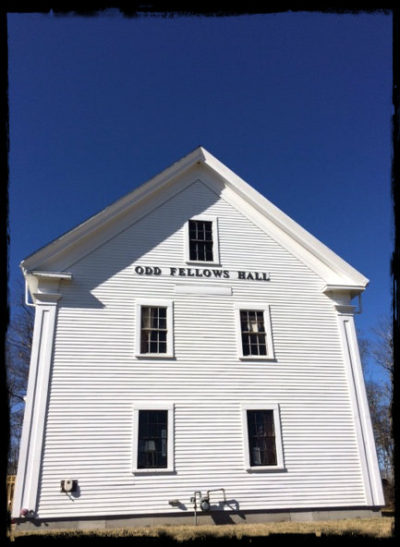
Plain as Oatmeal
I could live in a building like this: square and upright, plain as oatmeal, root vegetables, black dresses, and the month of March. A building that speaks in simple, declarative sentences and looks you straight in the eye. An honest building that hides very little, except for a ghost or two and perhaps a wee brown mouse.
If I lived in such a building, I would furnish it with threadbare rugs and chairs with a bit of stuffing showing. Old, weathered doors of pale greens and grays would adorn the bare walls and on top of the doors, ancestral portraits or tattered dresses pinned with poems. It would be rumored that Ravinia, a crown princess of the ancient Corvidae family, occasionally drops handwritten poems and crinkled love notes down the drafty chimney.
The kitchen would be full of cast iron frying pans, heavy, white plates and platters crisscrossed with blue veins, cracker tins, and mixing bowls from long-ago Aunties. Atop the pine table, rescued from a handyman’s cellar, would be seasonal bouquets of ferns, daffodils, brooding roses, evergreens, and fallen sticks from the last windstorm.
Of course, there would be a clawfoot tub upstairs and iron beds and dressers redolent with sunbaked sheets and scattered droppings of lavender buds and rosemary sprigs. Unadorned windows under sloping ceilings let in the sun and stars. Dreams in this building would be only a little scary, mostly entertaining, and occasionally prescient.
I would invite all my odd friends to four o’clock tea served in delicate porcelain cups. We would pull the slightly distressed chairs up to the fire and draw a word out of a robin’s nest for further discussion. Words like sesquipedalian, propinquity, lacustrine, apologia, plangent, irenic. If you didn’t know the meaning, you could invent one that made sense to you, and we would run with it all the same.
But sooner or later, we would put our heads together and think of one small thing we could do tomorrow to show our love for this world: pick up crushed nip bottles, adopt a kitten, pray for peace, compliment the check-out girl, write a letter to the editor when something needs saying, let someone speak and listen when we will never agree, smile and make space for the car ahead of us to merge, help out at the library book sale.
Living in such a building would encourage one of the goals of the original Odd Fellows themselves: “to relieve the darkness of despair.” I look around my little house and think it’s quirky enough to begin the practical work of goodness. But this building, this Odd Fellows Hall, will forever hold my heart, inspire me to be odd in earnest.
